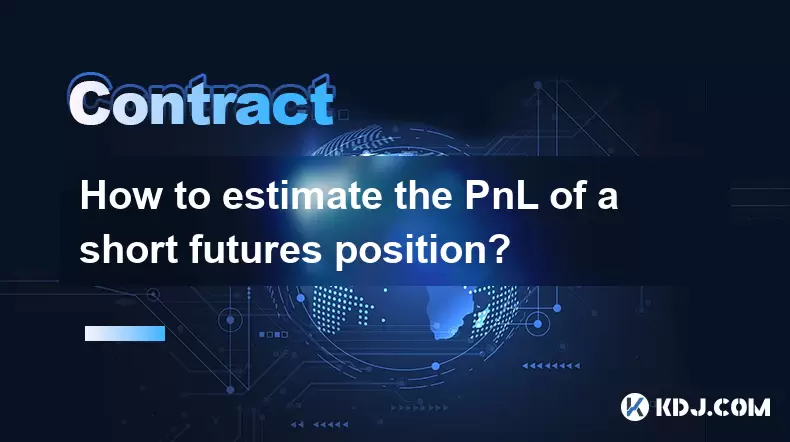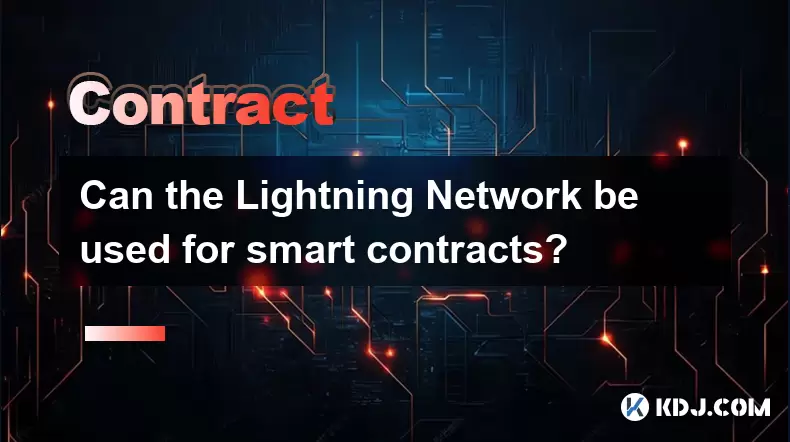-
 Bitcoin
Bitcoin $118,209.3536
1.16% -
 Ethereum
Ethereum $3,151.7546
5.98% -
 XRP
XRP $2.9277
2.35% -
 Tether USDt
Tether USDt $1.0000
0.00% -
 BNB
BNB $689.7099
1.26% -
 Solana
Solana $163.4270
1.91% -
 USDC
USDC $1.0000
0.02% -
 Dogecoin
Dogecoin $0.1983
3.74% -
 TRON
TRON $0.3008
0.51% -
 Cardano
Cardano $0.7435
2.86% -
 Hyperliquid
Hyperliquid $47.6547
-0.48% -
 Stellar
Stellar $0.4625
2.79% -
 Sui
Sui $3.9921
2.71% -
 Chainlink
Chainlink $16.0608
4.23% -
 Hedera
Hedera $0.2348
1.56% -
 Bitcoin Cash
Bitcoin Cash $496.6985
1.25% -
 Avalanche
Avalanche $21.9038
5.41% -
 UNUS SED LEO
UNUS SED LEO $8.8356
-1.88% -
 Shiba Inu
Shiba Inu $0.0...01364
5.31% -
 Toncoin
Toncoin $3.1102
4.35% -
 Litecoin
Litecoin $95.9756
3.59% -
 Polkadot
Polkadot $4.0925
5.78% -
 Monero
Monero $333.7622
-1.44% -
 Uniswap
Uniswap $9.1968
2.25% -
 Bitget Token
Bitget Token $4.6378
6.23% -
 Pepe
Pepe $0.0...01282
6.77% -
 Dai
Dai $1.0002
0.03% -
 Ethena USDe
Ethena USDe $1.0005
0.00% -
 Aave
Aave $329.9143
4.49% -
 Bittensor
Bittensor $441.4995
6.89%
How to estimate the PnL of a short futures position?
Shorting futures means betting on price declines, with PnL calculated using entry price, contract size, and market movement.
Jul 10, 2025 at 05:00 pm

Understanding the Basics of Futures Trading and PnL
In futures trading, a trader enters into a contract to buy or sell an asset at a predetermined price at a specified time in the future. When you take a short futures position, you are essentially betting that the price of the underlying asset will fall. Your Profit and Loss (PnL) depends on how much the market moves against your initial entry price.
The first step in estimating PnL is understanding the contract specifications of the futures instrument you're trading. This includes knowing the tick size, multiplier, and margin requirements. These factors determine how each price movement translates into monetary gains or losses.
Calculating Unrealized and Realized PnL
When holding a short futures position, there are two types of PnL: unrealized and realized.
- Unrealized PnL refers to the profit or loss that exists on paper but has not yet been settled.
- Realized PnL occurs when the position is closed and the gain or loss becomes actual cash flow.
To calculate unrealized PnL for a short position, use the following formula:
Unrealized PnL = (Entry Price - Current Market Price) × Contract Size × Number of ContractsFor example, if you shorted 2 Bitcoin futures contracts at $60,000 each and the current price is $58,000, with each contract representing 1 BTC, your unrealized PnL would be:
(60,000 - 58,000) × 1 BTC × 2 contracts = $4,000This means you have an unrealized profit of $4,000.
Incorporating Fees and Funding Costs
Fees and funding costs can significantly impact your net PnL, especially in perpetual futures contracts. Perpetual contracts don't have an expiration date, but they involve funding payments made periodically (usually every 8 hours). If you're holding a short position during a positive funding rate, you'll pay longs a small fee; if it's negative, you receive payment.
To adjust your PnL calculation for fees:
- Subtract trading fees incurred upon opening and closing the position.
- Add or subtract funding payments depending on the direction and rate.
For instance:
- Opening and closing fees total $20 per contract.
- You held the position through three funding periods where the average funding rate was +0.03%.
Your adjusted PnL becomes:
$4,000 - ($20 × 2) - (0.03% × $60,000 × 2 × 3)
= $4,000 - $40 - $108
= $3,852So, your net realized PnL after fees and funding is $3,852.
Using Margin and Leverage in PnL Estimation
Margin and leverage amplify both profits and losses. When calculating PnL with leverage, remember that leverage doesn’t change the absolute value of profit or loss, but it affects the percentage return on capital invested.
Assume you opened the same short position using 5x leverage with a $24,000 margin deposit. The dollar PnL remains $3,852, but your return on investment (ROI) becomes:
$3,852 / $24,000 = 16.05%Without leverage, if you had used $120,000 in full margin, the ROI would be only 3.21%. So while the absolute profit is unchanged, leverage increases the percentage gain — and also the risk of liquidation if the market moves against you.
Always factor in liquidation prices when estimating PnL under leveraged conditions. Most exchanges provide liquidation calculators that help estimate how far the price can move before your position gets forcibly closed.
Tracking PnL Across Multiple Positions
If you're managing multiple short futures positions across different assets or timeframes, tracking PnL manually can become cumbersome. Many traders use portfolio management tools like TradingView, CoinMarketCap, or exchange-native dashboards to aggregate their open positions.
To track effectively:
- Ensure all positions are entered with accurate entry prices, sizes, and timestamps.
- Use filters by asset, exchange, and timeframe to analyze performance.
- Export data regularly for tax reporting and strategy review.
Some advanced traders integrate APIs from exchanges into spreadsheets or custom-built scripts to automatically pull real-time PnL data. This ensures transparency and helps identify which strategies are performing best.
Frequently Asked Questions
Q: Does PnL calculation differ between spot and futures markets?
Yes. In spot markets, PnL is simply based on the difference between buy and sell prices. In futures, you must account for contract size, funding rates, and margin usage, making calculations more complex.
Q: How does volatility affect short futures PnL?
High volatility increases the potential for both larger profits and larger losses. It also raises the risk of liquidation, especially when using high leverage.
Q: Can I estimate PnL without knowing the contract size?
No. Contract size is essential for converting price movements into dollar terms. Without it, any PnL estimate would be incomplete or inaccurate.
Q: Is it possible to have negative PnL even if the market moves in my favor?
Yes, due to funding fees and transaction costs, especially in perpetual futures contracts. Always include these factors in your PnL estimation process.
Disclaimer:info@kdj.com
The information provided is not trading advice. kdj.com does not assume any responsibility for any investments made based on the information provided in this article. Cryptocurrencies are highly volatile and it is highly recommended that you invest with caution after thorough research!
If you believe that the content used on this website infringes your copyright, please contact us immediately (info@kdj.com) and we will delete it promptly.
- XRP Price, Chart Patterns, and Upside Potential: Riding the $38 Wave?
- 2025-07-16 16:50:13
- Bitlayer's BitVM Bridge: A New Dawn for Bitcoin DeFi?
- 2025-07-16 16:50:13
- Bitcoin, Crypto, and Digital Assets: Wall Street's Gone Wild!
- 2025-07-16 16:30:12
- Solana Breakout Watch: Can SOL Conquer $200 Resistance and Confirm Bullish Pattern?
- 2025-07-16 16:30:12
- AI Safety: Chain-of-Thought Monitoring and the Pursuit of Transparency
- 2025-07-16 16:35:12
- Binance, Bitcoin, Altcoin Upgrade: What's the Buzz?
- 2025-07-16 16:55:13
Related knowledge

What is a stablecoin-margined contract vs a coin-margined contract?
Jul 15,2025 at 06:36pm
Understanding the Difference Between Stablecoin-Margined Contracts and Coin-Margined ContractsIn the world of cryptocurrency derivatives, margin plays...

How to backtest a Bitcoin futures trading strategy?
Jul 15,2025 at 11:35am
Understanding Bitcoin Futures TradingBitcoin futures trading involves contracts to buy or sell Bitcoin at a predetermined price and date in the future...

Psychology of trading Bitcoin contracts
Jul 13,2025 at 02:50am
Understanding the Emotional Rollercoaster of Bitcoin Futures TradingBitcoin contract trading, especially in the form of futures, introduces a high lev...

Can the Lightning Network be used for smart contracts?
Jul 14,2025 at 11:28pm
Understanding the Lightning Network's Core FunctionalityThe Lightning Network is a second-layer solution built on top of blockchain protocols like Bit...

How does macroeconomic news affect Bitcoin futures prices?
Jul 15,2025 at 04:56pm
Understanding the Relationship Between Macroeconomic News and Bitcoin FuturesBitcoin futures are derivative contracts that allow traders to speculate ...

Best time of day to trade Bitcoin contracts?
Jul 13,2025 at 05:29am
Understanding Bitcoin Contracts and Their VolatilityBitcoin contracts, particularly futures contracts, are derivative instruments that allow traders t...

What is a stablecoin-margined contract vs a coin-margined contract?
Jul 15,2025 at 06:36pm
Understanding the Difference Between Stablecoin-Margined Contracts and Coin-Margined ContractsIn the world of cryptocurrency derivatives, margin plays...

How to backtest a Bitcoin futures trading strategy?
Jul 15,2025 at 11:35am
Understanding Bitcoin Futures TradingBitcoin futures trading involves contracts to buy or sell Bitcoin at a predetermined price and date in the future...

Psychology of trading Bitcoin contracts
Jul 13,2025 at 02:50am
Understanding the Emotional Rollercoaster of Bitcoin Futures TradingBitcoin contract trading, especially in the form of futures, introduces a high lev...

Can the Lightning Network be used for smart contracts?
Jul 14,2025 at 11:28pm
Understanding the Lightning Network's Core FunctionalityThe Lightning Network is a second-layer solution built on top of blockchain protocols like Bit...

How does macroeconomic news affect Bitcoin futures prices?
Jul 15,2025 at 04:56pm
Understanding the Relationship Between Macroeconomic News and Bitcoin FuturesBitcoin futures are derivative contracts that allow traders to speculate ...

Best time of day to trade Bitcoin contracts?
Jul 13,2025 at 05:29am
Understanding Bitcoin Contracts and Their VolatilityBitcoin contracts, particularly futures contracts, are derivative instruments that allow traders t...
See all articles

























































































